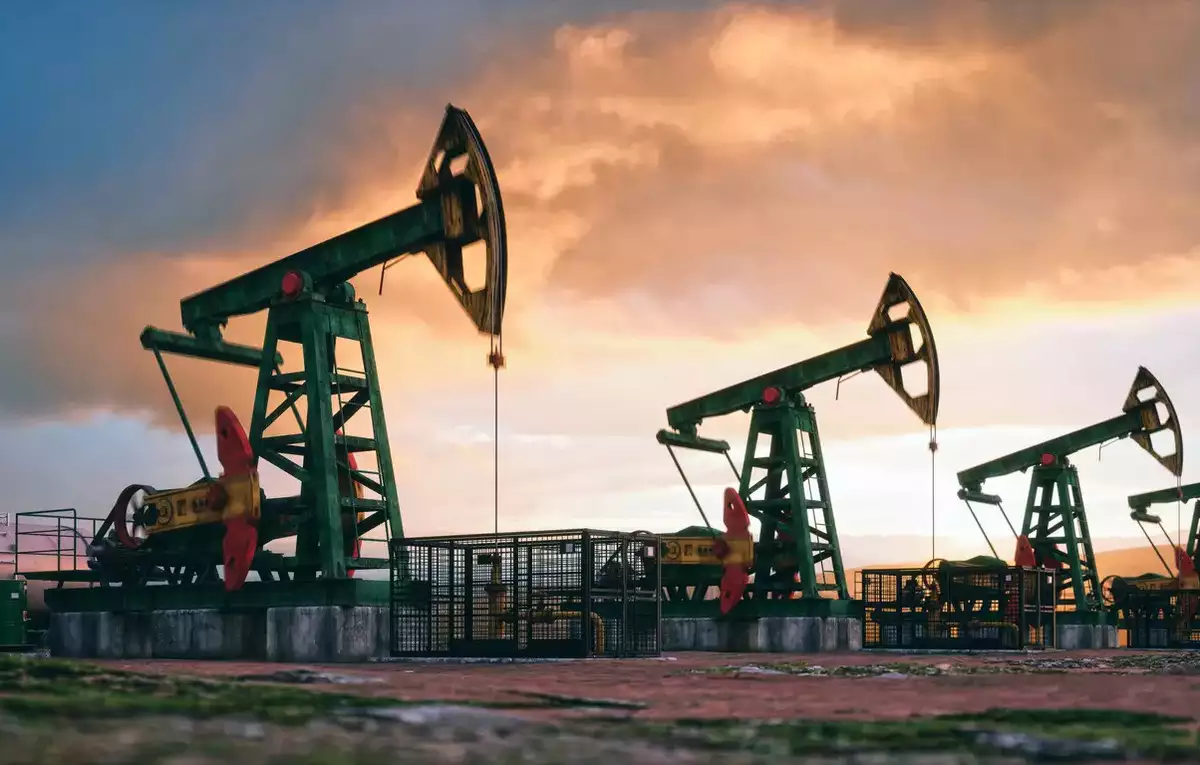India–US Trade Tensions Rise Over Steel and Auto Tariffs NMDC Limited reports a 38% drop in Q4 FY24 consolidated net profit RINL to Raise $23 Million Through Land Sales Amid Crisis

Energy consultancy Wood Mackenzie published an analysis showing that more than a fifth of global oil refining capacity is at risk of closure as gasoline margins weaken and pressure to reduce carbon emissions mounts. Of 465 refining assets analysed, the consultancy ranked about 21% of 2023 global refining capacity at some risk of closure.
Europe and China house the greatest number of high-risk sites, putting about 3.9 million barrels per day (bpd) of refining capacity in jeopardy, Wood Mac found, based on its estimate of net cash margins, cost of carbon emissions, ownership, environmental investment and strategic value of refineries. There are 11 European sites that account for 45% of all high-risk plants, the report found.
Data from industry body Concawe shows that about 30 European refineries have already shut down since 2009, with nearly 90 still in operation. This spate of closures has been caused by competition from newer and more complex plants in the Middle East and Asia and the impact of the COVID-19 pandemic.
The Wood Mac analysis showed that gasoline margins are expected to weaken by the end of this decade as demand declines and sanctions on Russia ease, while expected carbon taxes should also start to bite.
Operating costs could go up so much that "closure may be the only option", said Wood Mac senior oils and chemicals analyst Emma Fox. Meanwhile, Nigeria's huge Dangote oil refinery could end decades-long gasoline trade from Europe to Africa worth $17 billion a year, heaping pressure on European refineries already at risk of closure from heightened competition.
The Dangote refinery, which can produce up to 650,000 bpd, began production in January but was not included in Wood Mac's analysis. The seven high-risk sites in China are small-scale independent refineries. Sometimes called 'teapots', these refineries are subject to more stringent government regulations and compete with larger integrated sites that are typically state-owned and more complex.
Also Read : Gujarat's mega projects drive growth; summit aims to boost investments Energy industry shows resilient outlook for 2024 despite political & economic hurdles